Younger audiences are being lured back to the big screen in markets all over the world, said industry executives at a Venice Film Festival roundtable, hosted by Screen International and sponsored by the Saudi Film Commission (SFC).
Despite widespread fears that younger audiences have turned their back on cinema since the pandemic, panellists at the “Young Audience & Cinema” roundtable provided reasons for optimism.
Mashary Al Khayyat, general manager of strategy, regulations and policy at the SFC, pointed squarely at the demographics in emerging markets, noting that 60% of the Saudi population is 30 or younger. Comscore data compiled for the roundtable gave the average Saudi age as 26.6.
Nigeria, which has a population of just under 240 million, slants even younger, with an average age of 18.1 years. Nigerian producer Joshua Olaoluwa of Conceptified Media, whose One Woman One Bra is screening in Venice’s Biennale College Cinema section, told attendees that the country’s exhibition sector has expanded rapidly. One of the reasons is the arrival of streamers like Netflix and Amazon, which have broadened audience tastes as a result.
“Now cinema is benefitting because everybody is now going back to cinema…the audiences are super young,” Olaoluwa said.
Post-pandemic trends
Even in countries with older populations such as Germany, where the average age is 45.9, positive trends regarding young audiences are emerging.
Christian Bräuer of Yorck Kino, one of Germany’s leading network of arthouse cinemas, told attendees: “In Germany especially in the arthouse market, our audience is 10 years younger than pre-pandemic.”
He cited a National Research Group report published last week, titled ’Gen Alpha at the Movies: from Pixels to Popcorn’, which revealed that children born in 2010 or later now prefer watching movies in cinemas than seeing them at home.
However, Bräuer warned unless there is attention on “audience building and programmes for young audiences,” the momentum among this new generation of young cinephiles may be lost. “It needs to be sustainable, not just one screening, one series,” the German exhibitor stated.
Cineville scheme
Frederic Cornet, managing and artistic director of Cinema Galeries in Brussels, flagged the impact of the Cineville movie subscription scheme on younger audiences in Belgium.
The Cineville scheme, which also operates in countries such as the Netherlands, Sweden, Germany and Austria, allows unlimited art house cinema visits in Belgium for €18 a month for under 26-year-olds and €21 for over 26-year-olds.
“What we have seen is that this model is growing younger audiences in the cinema,” Cornet said.
Saudi trends
Al Khayyat, meanwhile, flagged the rapid growth of the Saudi exhibition sector since the first cinemas were opened in the country in 2018.
There are currently 65 cinemas and 640 screens in the Kingdom catering for a population estimated at 32.2 million, generating an annual box office of $183.5m (SR 688m).
Al Khayyat acknowledged the fierce competition for the attention of younger Saudi audiences, observing that as in other markets many are drawn to streaming and social media platforms.
In 2024, Sony Pictures’ cop comedy Bad Boys: Ride Or Die, starring Will Smith, broke all time Saudi box office records but audiences have been flocking to local Saudi or Egyptian movies. Local titles led by comedies like Mandoob (Night Courier) accounted for around 10% of box office in 2024 and that percentage is expected to rise.
To lure audiences, Al Khayyat said Saudi filmmakers are going beyond just making comedies. “Everyone wants to see a great story whether it’s comedy, tragedy or drama,” he said. “And it’s not only about movies [in the cinemas]. We do football, entertainment, music and live shows. We want the [young] audience to understand that the cinema is a cultural hub, not only a place you watch movies.”
Youth initiatives
Most panellists agreed reaching young spectators requires strong and focused marketing as well as a diverse slate of films. Andrea Pasion-Flores of the Philippines’ Milaflores Publishing told attendees about the nationwide Metro Manila Film Festival that has been growing young audiences while boosting local production.
“All the theatres can only show Filipino films. That’s mandated,” she said of the event, which runs between Christmas and early January. For a period, the market is therefore protected from Hollywood blockbusters.
The festival’s film awards are also only open to local talent. “All the [local] celebrities want to be in arthouse film so that they can win,” said Pasion-Flores. With the biggest local stars in the films, there is more on an incentive for young audiences to watch them - and everyone benefits.
Simone Gialdini, the CEO of Italy’s National Cinema Exhibitor Association (ANEC), flagged funding initiatives in Italy to promote cinema with younger viewers. Since 2016, he noted, the Italian government has invested €20m in initiatives for high schools and primary schools. “They give money to organisations, associations, cinemas and also to schools who present programmes teaching about cinema.”
The interventions appear to be working. The average age of filmgoers in Italy haa been coming down. “After the pandemic, we realised the biggest part of the audience in Italy is under 40 years old,” he said.
Schoolchildren are also involved in awarding in judging the David Di Donatello Youth awards and students choose a Venice “young Golden Lion” for what they judge as the best film in the competition.
Partly thanks to Netflix, he said, younger viewers now increasingly prefer to see movies in the languages in which they were made. “All movies are [traditionally] dubbed into Italian but there young people, the students, mainly from universities, are looking for original [language] version screenings,” he said.
Meanwhile, Mickael Marin, CEO of the Annecy Film Festival, said that the festival, one of the animation world’s most important events, places a strong emphasis on education. Special screenings are held for young people during the festival where they can meet filmmakers. There are also workshops where students from primary, secondary and high school can learn about making animated movies. “And we also train the teachers,” Marin explained.
The aim isn’t just to spark the younger audience’s enthusiasm for watching animation but to allow them to become practitioners themselves. Since 2016, he revealed, 16,500 have been “welcomed” to take part in the festival’s different programmes, some of which carry on after the festival. “Now, it [youth] is really part of the spirit of the festival and the market,” Marin stated.




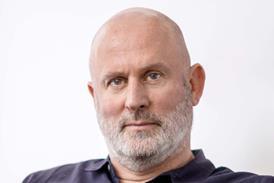














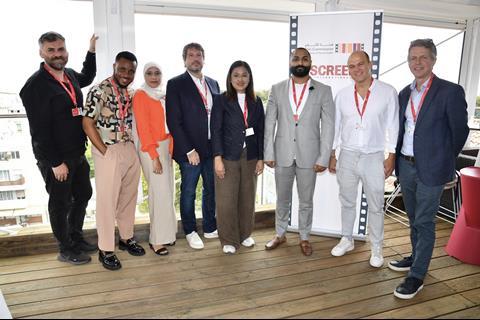




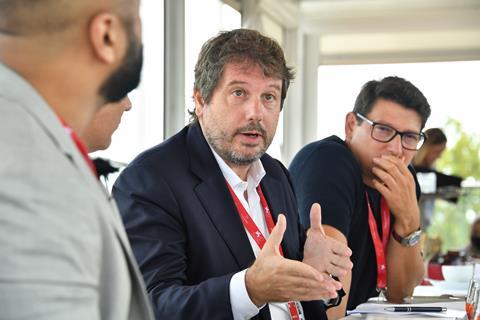
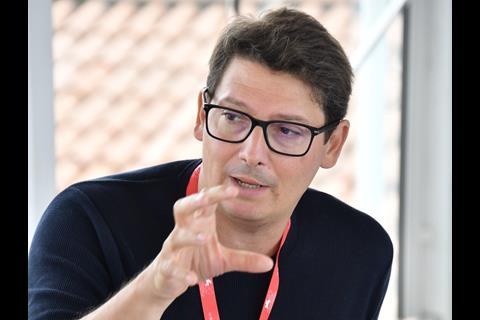
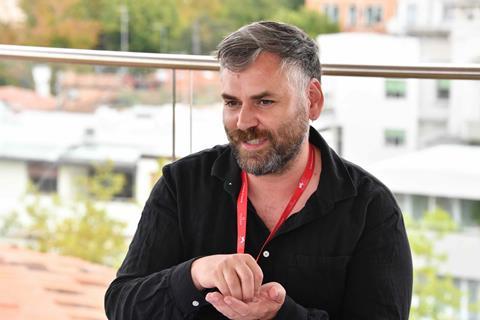







No comments yet